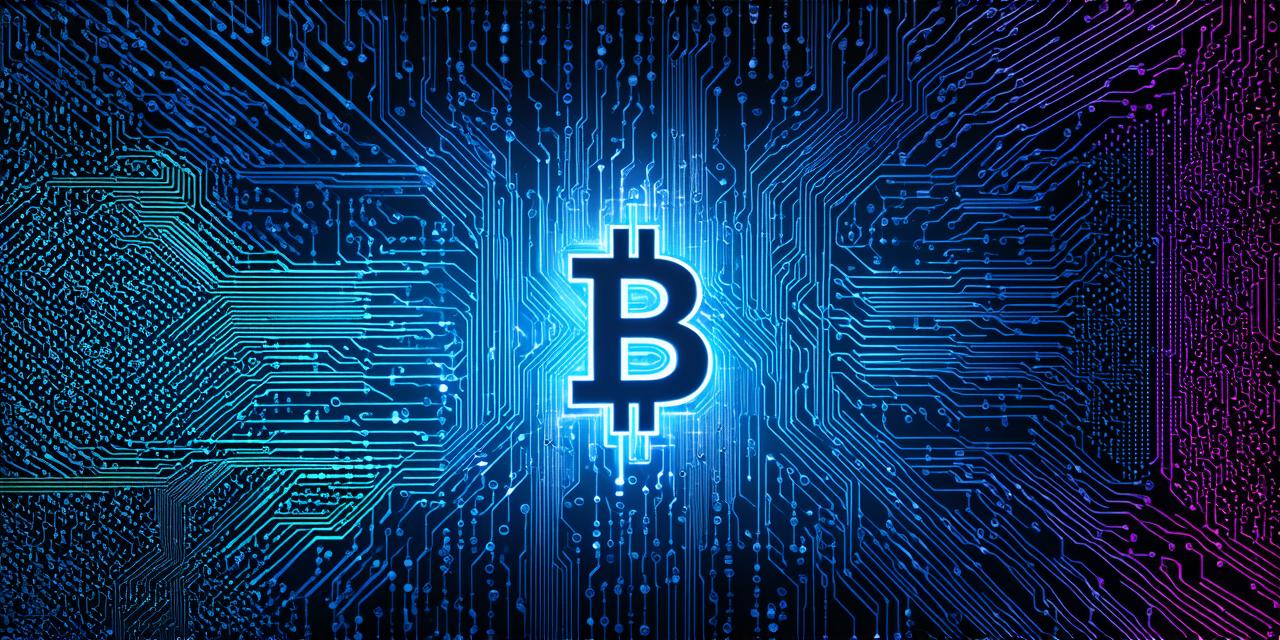Understanding Transactions:
Transactions are exchanges of value that take place on a blockchain network. They can be anything from buying goods to transferring funds between two parties. Each transaction is represented by a unique identifier called a hash, which is used to verify its authenticity and ensure that it has not been tampered with. Transactions are encrypted and stored in blocks that make up the blockchain, ensuring their security and immutability.
How Transactions are Validated:
The validation process on a blockchain involves several steps. First, the transaction must be verified by the network’s nodes or computers, which check that the sender has the necessary funds and that the transaction meets the network’s rules and protocols. Once the transaction is verified, it is added to the blockchain, where it becomes part of a permanent record of all transactions on the network. Validation ensures that only valid transactions are recorded on the blockchain, preventing fraudulent activities such as double-spending and unauthorized changes to the transaction record.
Miners and Validation:
One of the key components in validating transactions on a blockchain is the use of miners. Miners are powerful computers that work together to validate transactions by solving complex mathematical problems. These problems are known as cryptographic puzzles, and they require significant computing power and processing time to solve. Once a miner solves a puzzle, it is rewarded with new bitcoins or other cryptocurrencies, incentivizing miners to participate in the validation process.
Validation on Public vs. Private Blockchains:
There are two main types of blockchains: public and private. Public blockchains, such as Bitcoin and Ethereum, allow anyone to participate in the validation process, while private blockchains restrict access to a select group of participants. In public blockchains, validation is typically done by a consensus among the network’s nodes or computers, while in private blockchains, validation is typically done by a centralized authority or a small group of trusted individuals.
FAQs:
1. How long does it take for a transaction to be validated on a blockchain?
The time it takes for a transaction to be validated on a blockchain depends on several factors, including the network’s load and the miner’s processing power. On average, transactions can take anywhere from a few seconds to a few minutes to be validated. However, during periods of high network traffic or congestion, validation times may increase significantly.
2. What happens if a transaction is not validated on a blockchain?
If a transaction is not validated on a blockchain, it is not added to the blockchain and remains unconfirmed. This means that the transaction can be altered or deleted by anyone with access to the network. In some cases, transactions may be rejected if they do not meet the network’s rules and protocols or if there are insufficient funds to complete the transaction.
3. Is there any way to speed up the validation process on a blockchain?
Yes, there are several ways to speed up the validation process on a blockchain, including increasing the network’s load by adding more nodes, using faster miners, or optimizing the network’s protocols and rules. However, these methods require significant computing power and processing time, which can be costly and environmentally unsustainable.
4. Can transactions be reversed on a blockchain?
In some cases, transactions can be reversed on a blockchain if they are found to be fraudulent or in violation of the network’s rules and protocols. This process is known as a “double-spend,” and it requires a consensus among the network’s participants. However, double-spending is relatively rare and is typically prevented by the use of cryptographic puzzles and transaction verification processes.
5. How does the validation process on a blockchain prevent fraud?
The validation process on a blockchain ensures that transactions are authentic and cannot be altered or deleted without consensus among the network’s participants. Cryptographic puzzles and transaction verification processes ensure that only valid transactions are recorded on the blockchain, preventing fraudulent activities such as double-spending and unauthorized changes to the transaction record. Additionally, the use of public key cryptography ensures that transactions are secure and cannot be intercepted or altered by malicious actors.

Conclusion:
Validating transactions on a blockchain is a critical process that ensures the integrity and security of the network. Transactions are verified by a consensus among the network’s nodes or computers, and miners are incentivized to participate in the validation process through rewards. The use of cryptographic puzzles and transaction verification processes ensures that only valid transactions are recorded on the blockchain, preventing fraudulent activities such as double-spending and unauthorized changes to the transaction record. Despite challenges such as network congestion and high energy consumption, blockchain technology continues to evolve and improve, making it an increasingly popular solution for securely storing and sharing data.
